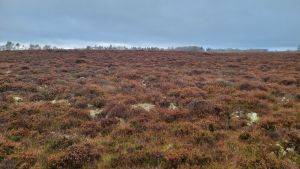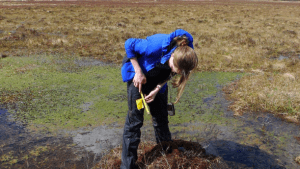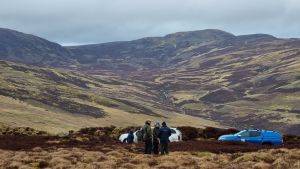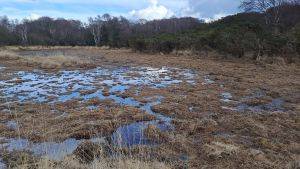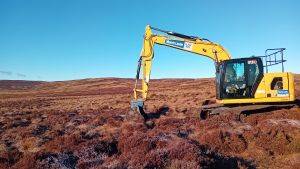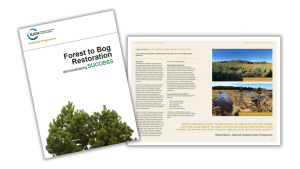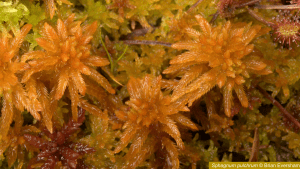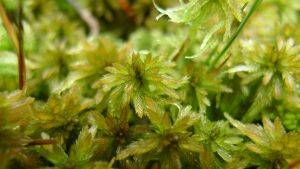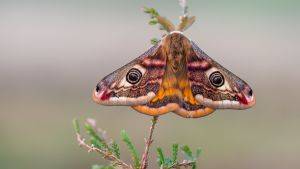Robin Page’s article ‘There are more fires to come on mismanaged moors’ does a disservice to the farmers, sporting estates and conservation bodies who understand the need to look beyond heather burning and consider what lies beneath the moor.
Much of our moorland is deep peat, a huge carbon store formed under wet, mossy conditions that support wild bird populations and benefit grouse management. Dry, heather-dominated and eroding peatlands on the other hand are a liability for land managers, vulnerable to fires and impact on water supplies and our climate.
Hundreds of moorland managers across the UK are rewetting and maintaining peatlands to secure the wider benefits. The IUCN UK Peatland Programme helps drive this, developing a shared view and tackling the issues at root. Fires are an increasing hazard in our countryside and wet, mossy peatlands with fire controls are the sensible way forward; whereas simply burning to maintain heather cover perpetuates the problems. Wetland restoration projects show positive results – Bog Day on 22nd July celebrates these successes and helps people see the benefits first-hand.

